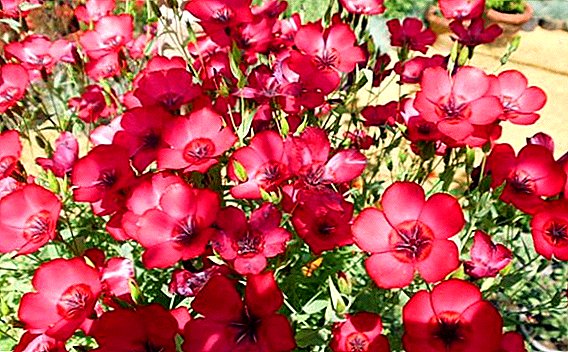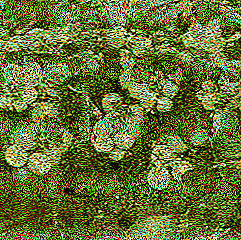
Among domestic plants, spathiphyllum is distinguished not only by its universal appearance, which fits into any interior, but also by its unpretentiousness.
Modern people are so used to seeing spathiphyllum in offices and shops that it seems to them that it has always been cultivated in our country. And rarely anyone asks the question, but what is the history of the origin of spathiphyllum?
Where does the plant come from?
The greatest number of different Spathiphyllus grows in the damp and sultry jungle of the birthplace of the Inca tree - Colombia. Adapting to all sorts of hardships - lack of sunlight and poor soil, spathiphyllum grew wide leaves, mutated into an epiphyte and directed the growth of roots along a horizontal vector.
Appearance history
 At the end of the XIX century, Europe was actively engaged in research activities around the world. From the newly formed German Empire, a scientific expedition to the New World was formed. In its composition was a young scientist-naturalist Henry Wallis.
At the end of the XIX century, Europe was actively engaged in research activities around the world. From the newly formed German Empire, a scientific expedition to the New World was formed. In its composition was a young scientist-naturalist Henry Wallis.
While observing the flora and fauna in the Ecuadorian thickets, botany attracted the attention of a plant that grew near marshes or on tree trunks. Having identified other subspecies of the flower during its work, Wallis compiled a botanical description with the assignment of the Latin name Spathiphyllum. A little later, the name of the discoverer, Spathiphyllum wallisii, was added to the taxon.
Who brought the flower of female happiness in Europe?
The fashion for strange plants arose together with the interest of European science in the exotic flora of their colonies. Representatives of the aristocratic circles, inviting the society to the bashes, sought to decorate their gardens and greenhouses with exquisite flowers, to surprise and be remembered. That is why the so-called "plant hunters" arose, who sought by hook or by crook to get rare seeds or seedlings and bring them to their homeland.
With spathiphyllum the situation was simpler. By virtue of its simplicity, the flower is very easy to transport in the form of seeds and cuttings. Therefore, he was equally appreciated by ordinary houseplant lovers and scientists who professionally work in botanical gardens. So, thanks to the pursuit of fashion, spathiphyllum appeared first in the UK, from there spread throughout Europe, and then to Russia.
Where can I find a flower today?
Since the discovery of Wallace and to this day, Spathiphyllum can be found in remote areas of Ecuador, Mexico, Brazil. But unlike the nineteenth century, in XXI, the genus of spathiphyllum expanded by more than 50 species, each of which was at one time discovered and described. In addition, since the 60s of the last century, species not found in the wild have been obtained by the method of selection. Such spatifillum decorate homes, offices being perfectly adapted to the conditions offered.
The mysterious name of the flower Spathiphyllum in Greek means "covering sheet." There are common folk variations, for example, in Russia it is called "female flower", in America "flag bearers", Europe "lily of the world".
Any home plant requires care and attention, but a spathiphyllum is said to be reciprocated. If you take care of a flower, it will bring harmony and good luck to your home. It is easy to check, because today you can buy a flower in any flower shop.












